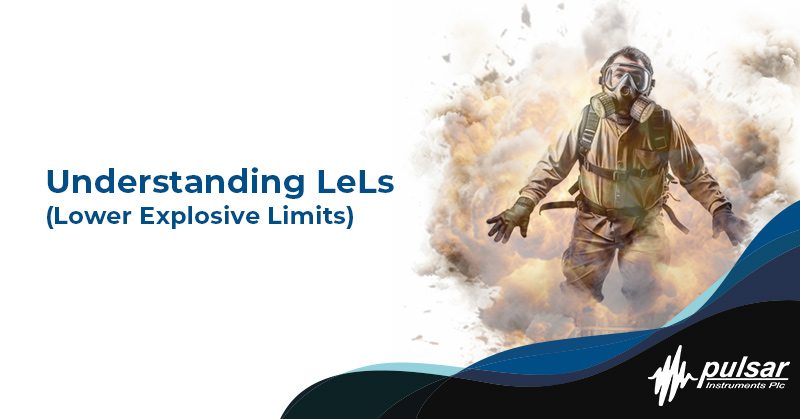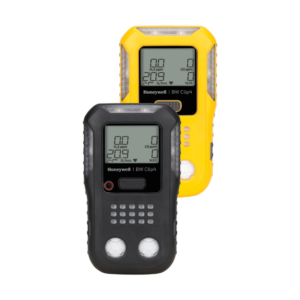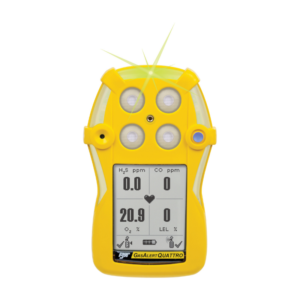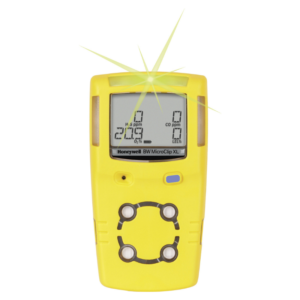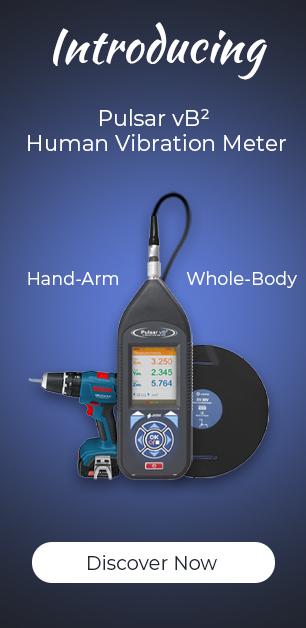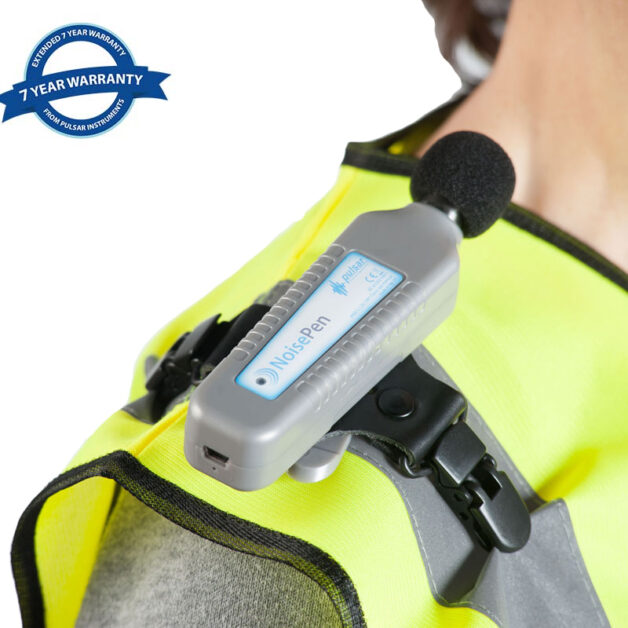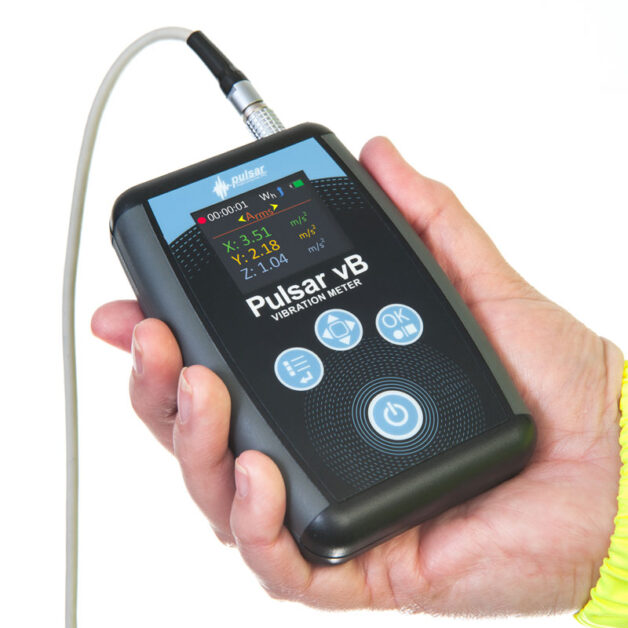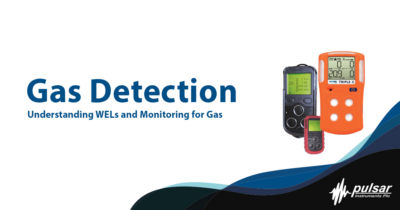Safety is the cornerstone of any productive and efficient working environment, particularly in industries where hazardous gases may be present. One of the most crucial elements of ensuring safety in such environments is understanding and implementing effective gas detection. This is where understanding the concept of Lower Explosive Limits (LeLs) becomes vital.
What is a Lower Explosive Limit (LeL)?
The Lower Explosive Limit (LeL) of a gas is the lowest concentration (by percentage) of the gas in air that can ignite or explode when an ignition source like a spark or flame is present. It is expressed as a percentage of volume in air. At concentrations below the LeL, the gas mixture is too lean or thin to ignite.
For example, if the LeL of a gas is 2%, that means if the gas makes up less than 2% of the total air/gas mixture, it will not ignite. It’s important to note that each gas or vapor has its own unique LeL.
-
 BW Clip4 Multi-Gas Portable Gas DetectorFrom $863,80 (Ex. VAT/GST)
BW Clip4 Multi-Gas Portable Gas DetectorFrom $863,80 (Ex. VAT/GST) -
 BW GasAlert Quattro 4-Gas Detector$943,60 (Ex. VAT/GST)
BW GasAlert Quattro 4-Gas Detector$943,60 (Ex. VAT/GST) -
 GasAlertMicroClip XL – 4 Gas Detector$813,40 (Ex. VAT/GST)
GasAlertMicroClip XL – 4 Gas Detector$813,40 (Ex. VAT/GST)
Why is Understanding LeLs Important in the Workplace?
Understanding LeLs is crucial because it allows workers and safety officials to monitor the air in a workplace and determine if there’s a risk of an explosion. If gas detectors indicate that the concentration of a gas is approaching its LeL, workers can take preventative measures to reduce the concentration of the gas and prevent an explosion.
What are some examples of LeLs?
Lower Explosive Limit (LeL) values are different for each gas or vapor. This is the minimum concentration of a gas or a vapor in air below which propagation of flame does not occur in the presence of an ignition source such as a spark or flame.
Here are some examples of LEL values for common gases (expressed as a percentage of the gas in air by volume):
- Methane (CH4): 5%
- Propane (C3H8): 2.1%
- Hydrogen (H2): 4%
- Ethylene (C2H4): 2.7%
- Acetylene (C2H2): 2.5%
- Gasoline: 1.4%
- Carbon Monoxide (CO): 12.5%
Please note that these are approximate values, and the exact LEL can vary depending on factors such as temperature and pressure. Always refer to the specific Material Safety Data Sheet (MSDS) or Safety Data Sheet (SDS) for the precise LEL of the gas you are dealing with in your specific environment.
Implementing Gas Detection in the Workplace
Detecting hazardous gases in the workplace can be achieved using portable or fixed gas detectors. These devices are designed to monitor the environment and provide an alert if dangerous levels of a gas are detected.
The gas detectors are often set to alarm before the gas concentration reaches its LeL. This early warning gives workers sufficient time to take action before a potentially dangerous situation arises. The alarm thresholds, however, must be set according to the specific gas being monitored, as each gas has a different LeL.
Other Important Factors
While understanding and monitoring for the LeL of a gas is crucial, it’s also important to be aware of the Upper Explosive Limit (UEL) of a gas. This is the maximum concentration of a gas that will burn or explode when an ignition source is present. Between the LeL and UEL is the explosive range for the gas.
Another significant factor is the consideration of other properties of gases like toxicity, asphyxiation risks, and potential health hazards. These aspects should also be monitored and controlled in the workplace to ensure overall safety.
Training and Safety Protocols
The effective use of gas detection equipment requires proper training. Workers need to understand what the readings mean, how to respond to alarms, and how to perform basic maintenance and calibration of the equipment.
In addition, workplaces should have safety protocols in place that clearly outline the steps to be taken if a gas detector alarms or if there’s a suspected gas leak. These protocols can include evacuation procedures, shutdown procedures for equipment, and emergency contact information.
Conclusion
Understanding the concept of Lower Explosive Limits (LeLs) and their role in gas detection is crucial for maintaining a safe workplace, particularly in industries where hazardous gases are present. By appropriately monitoring these limits and having robust safety protocols in place, workplaces can significantly reduce the risk of gas-related incidents and ensure a safe environment for their employees.
